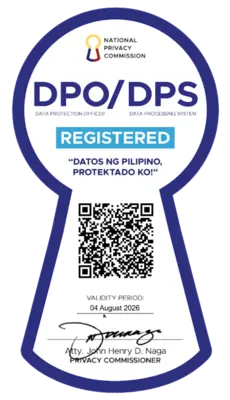Language map shows Philippine languages as 'sibling' to regional tongues
Philippine languages are not a subset of the Malaysian and Indonesian languages, rather, they are a set of "sibling languages", a relationship map made by physicist and blogger Nathaniel Hermosa illustrated.
"There is no empirical fact (yet) that says our languages came from them," he said in his blog post. "We have 'similar' languages because the languages came from the same parent language."
This parent language is the proto-Austronesian language—the mother of 1,000 to 1,200 modern Austronesian languages.
The Austronesian language family is the largest one in the world. It is spoken from Madagascar, the Easter Islands, Taiwan, Hawaii, and even New Zealand.
Hermosa also plotted 77 languages of the Philippines in a map that would serve as a guide in seeing the origins of each one and their relationships with one another.
He sifted through the list of Austronesian languages from a research paper that aimed to reconstruct the ancient Proto-Austronesian language and chose the branches that included the Philippine languages.
He found out that five Philippine language groups originated from the Proto-Malayo-Polynesian (PMP) language - a "daughter" of the Proto-Austronesian language.
These groups are the Northern Philippine Languages, the Meso-Philippine Languages, the Southern Philippine Languages, the South Mindanaon or Bilic Languages, and the Sama-Bajaw Languages.
The map showed that Aklanon and Cebuano, both under the Bisayan subset, are farther related compared to Hiligaynon and Ilonggo.
Hiligaynon and Ilonggo are closely related and are spoken by people in neighboring islands.
Oddly, Tausug and Butuanon languages are almost as closely related as Hiligaynon and Ilonggo, even if they are spoken by people in distant islands.
Tausug is spoken in the island of Sulu in Western Mindanao and Butuanon is spoken all the way in the Agusan Valley in the east.
Hermosa said that this knowledge, like any other, helps us frame our consciousness.
"Knowing how languages are related is like knowing who your relatives are. Language is very integral to our identity," he said. — Kim Luces/DVM/VC, GMA News




